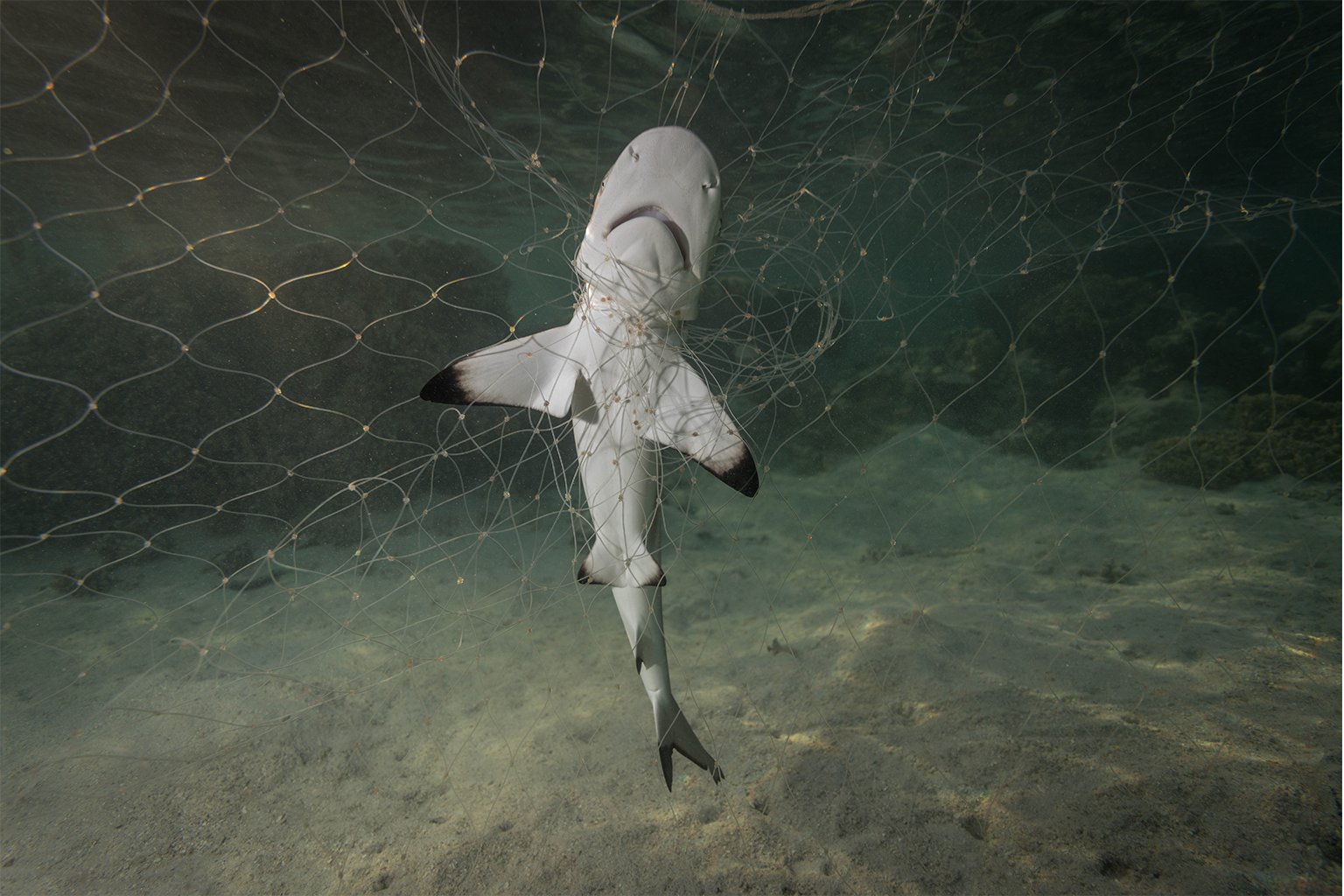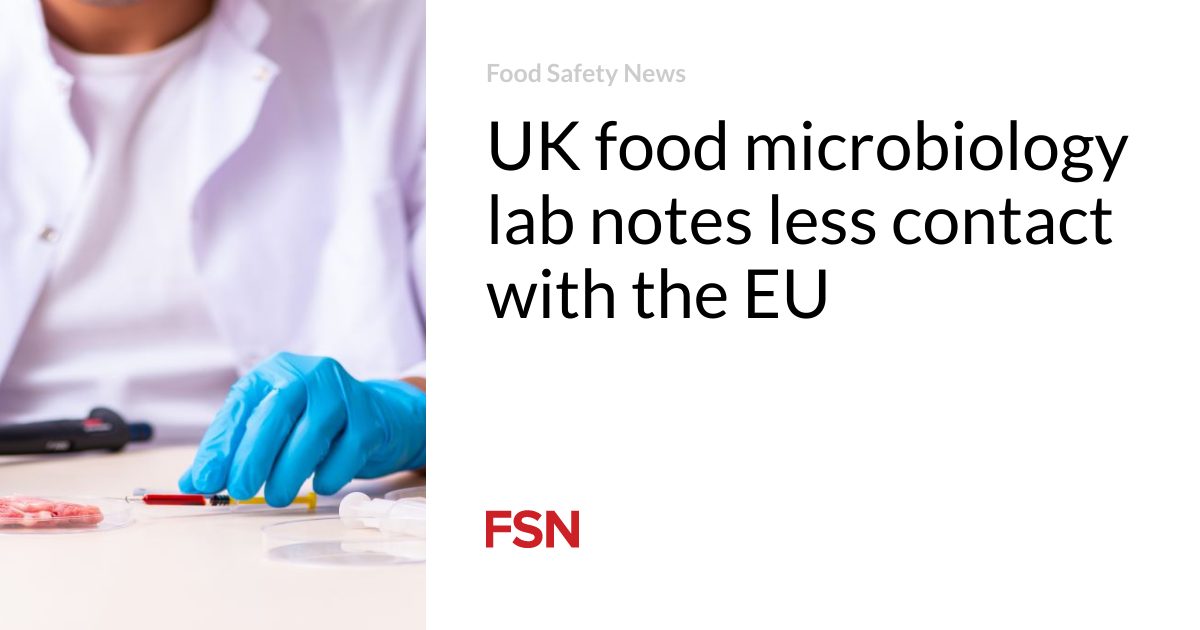- Nations party to CITES, the global convention on the trade in endangered species, are supporting three proposals to list dozens of sharks and rays from three families onto Appendix II of the convention.
- While a CITES Appendix II listing would not prohibit trade outright, it would regulate it by requiring export permits, which would help mitigate overexploitation.
- A recent study found that more than a third of sharks, rays and chimeras are threatened with extinction, making them the second-most threatened vertebrate group, after amphibians.
- The proposals are up for discussion at CITES’s 19th Conference of the Parties, or CoP19, taking place from Nov. 14-25 in Panama.
Nations are proposing to protect dozens of shark and ray species in danger of extinction by regulating their international trade.
The Convention on International Trade in Endangered Species of Wild Fauna and Flora, or CITES, a multilateral agreement that aims to safeguard threatened animals and plants from illegal trafficking, currently lists nearly 70 elasmobranch fish species in its three appendices. These include manta rays (Mobula spp.), mako sharks (Isurus spp.) and sawfishes (family Pristidae).
Now, CITES member states want to list 19 requiem sharks, from the family Carcharhinidae, several hammerhead sharks (family Sphyrnidae) and 37 guitarfishes (family Rhinobatidae) on CITES Appendix II. Many of the species being proposed are considered endangered or critically endangered on the IUCN Red List.
The next CITES meeting, known as the 19th Conference of the Parties, or CoP19, will take place from Nov. 14-25 in Panama, during which parties will discuss proposals to list sharks and rays, as well as tigers, marine turtles, rosewood, and other timber species. Each shark and ray proposal is backed by a number of countries; Panama, the meeting’s host country, is the one nation to support all three.
Historically, there has been little to no management of the international trade of sharks and rays, many of which have become so depleted that they are now at high risk of extinction. Maria José Juan-Jordá, a marine ecologist and fisheries scientist at Spanish research institute AZTI, said this is partly due to historical lack of data on sharks, which has made it hard to assess and manage shark populations.
“International fisheries bodies were created to manage highly migratory species, mostly tuna, and billfishes … the objective was not to manage sharks,” Juan-Jordá told Mongabay. “Now things have changed [but] it’s very hard to do a stock assessment model for sharks, because historically, the data has been poorly collected.”
While a CITES Appendix II listing would not prohibit trade outright, it would regulate it by requiring export permits. Glenn Sant, a senior adviser on fisheries trade and traceability at wildlife trade watchdog TRAFFIC, who will be attending CoP19, said listing species in this appendix would likely mitigate overfishing, but only if combined with better fisheries management.
Moreover, nations are proposing to list shark and ray species that are “lookalikes” to promote better enforcement of trade, experts say.
“The species proposed to be included in Appendix II are either in international trade or, in their usually traded processed form, are difficult to tell apart from the proposed species,” Sant told Mongabay. “The inclusion of these species will mean that catching and exporting countries can only issue permits to trade if they are satisfied their catch is legal and sustainable.”
Luke Warwick, director of shark and ray conservation at the Wildlife Conservation Society, who also plans to attend CoP19, said CITES did not historically cover commercially traded fish species, but that the biodiversity crisis has led experts to reassess this.
“What we see at this CoP is a massive escalation of ambition really,” Warwick told Mongabay. However, he said he expects there to be pushback from some nations.
The plan to protect sharks on CITES follows a sea of scientific warnings about the global decline of sharks. According to a 2021 study published in Current Biology, more than one-third of sharks, rays and chimeras were now threatened with extinction based on IUCN reassessments of 1,199 species, making them the second-most threatened vertebrate group, after amphibians. A study published in Nature in 2020 suggested that sharks were “functionally extinct” from 20% of reefs that the authors surveyed. More recently, a study published in Science on Nov. 10, led by Juan-Jordá, found that sharks have been sliding toward extinction for the past 70 years, largely due to an absence of management measures to decrease fishing pressure on populations.
Humans are responsible for killing about 100 million sharks per year through targeted fishing and bycatch, according to a 2013 study in Marine Policy. While some fishing operations land entire sharks, others just cut off their fins, which have high commercial value because of the popularity of shark fin soup in some Asian countries. Many countries have partially or fully banned shark finning due to the harm it causes to marine ecosystems, and protective measures including CITES listings have also made it illegal to trade fins from threatened or endangered sharks.
Yet illegal shark finning and trade persists. A study published earlier this year found that two-thirds of species found in Hong Kong shark fin markets were actually threatened with extinction.

A recent Mongabay investigation also illustrated the size and severity of illegal shark operations. It found that just five longline boats belonging to Dalian Ocean Fishing, one of China’s largest suppliers of sashimi-grade tuna, had harvested roughly 5.1 metric tons of dried shark fin in the western Pacific Ocean in 2019. That much fin translates to an estimated 843 metric tons of whole shark, which is more than what China reported the nation’s entire longline fleet catching in the same time and place.
While most shark and ray species are either intentionally or accidentally caught by fisheries, requiem sharks feature prominently in the international trade. According to Sant, species in the requiem Carcharhinidae family “comprise one-third of the annual global chondrichthyan [cartilaginous fish] catch and two-thirds of the shark fin trade of coastal sharks.”
Warwick said the proposal to list requiem sharks, in particular, could influence the direction of shark conservation.
“I think if it was adopted, this could be the biggest single step that helps us prevent the extinction of large-body sharks and rays in the next two to three decades,” he said.
Listing species on Appendix II would also likely lead to nations implementing national protections and bans on shark fishing practices, Warwick added.
“It gives the countries a choice,” he said. “A lot of countries we’re seeing either banned trading shark products or protected a lot of these species domestically driven by CITES Appendix II.”
Discussion about protecting sharks and rays will take place over the next two weeks at CoP19, but a final decision will not be made until the meeting’s close.
Warwick said these proposals offer a “window of opportunity” to protect sharks and rays at a critical time.
“If we don’t take species-specific action,” he said, “it’s probably going to be too late.”
Elizabeth Claire Alberts is a staff writer for Mongabay. Follow her on Twitter @ECAlberts.
Banner image: Blacktip sharks in pelagic water. Image by Kimberly Jeffries / Ocean Image Bank.
See related:
‘There are solutions to these abuses’: Q&A with Steve Trent on how China can rein in illegal fishing
Citations:
Dulvy, N. K., Pacoureau, N., Rigby, C. L., Pollom, R. A., Jabado, R. W., Ebert, D. A., … Simpfendorfer, C. A. (2021). Overfishing drives over one-third of all sharks and rays toward a global extinction crisis. Current Biology, 31(22), 5118-5119. doi:10.1016/j.cub.2021.08.062
MacNeil, M. A., Chapman, D. D., Heupel, M., Simpfendorfer, C. A., Heithaus, M., Meekan, M., … Cinner, J. E. (2020). Global status and conservation potential of reef sharks. Nature, 583(7818), 801-806. doi:10.1038/s41586-020-2519-y
Juan-Jordá, M. J., Murua, H., Arrizabalaga, H., Merino, G., Pacoureau, N., & Dulvy, N. K. (2022). Seventy years of tunas, billfishes, and sharks as sentinels of global ocean health. Science, 378(6620). doi:10.1126/science.abj0211
Worm, B., Davis, B., Kettemer, L., Ward-Paige, C. A., Chapman, D., Heithaus, M. R., … Gruber, S. H. (2013). Global catches, exploitation rates, and rebuilding options for sharks. Marine Policy, 40, 194-204. doi:10.1016/j.marpol.2012.12.034
Cardeñosa, D., Shea, S. K., Zhang, H., Fischer, G. A., Simpfendorfer, C. A., & Chapman, D. D. (2022). Two thirds of species in a global shark fin trade hub are threatened with extinction: Conservation potential of international trade regulations for coastal sharks. Conservation Letters, 15(5). doi:10.1111/conl.12910
FEEDBACK: Use this form to send a message to the author of this post. If you want to post a public comment, you can do that at the bottom of the page.









![[Video] Swarm Farm Robotics Expands Autonomous Farming in Australia and Beyond](../ext/resources/Swarm-Farm-Robotics-Expands-Autonomous-Farming-in-Australia-and-Beyond.png)



![[Video] Electric Micro-Tractors and Robotic Platforms from Farm-NG](../ext/resources/Electric-Micro-Tractors-and-Robotic-Platforms-from-Farm-NG.png)
